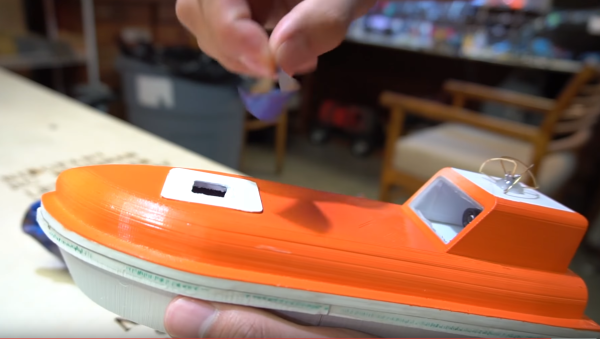Sometimes we run into real problems restoring old machines. [RedruM69] recently ran into a system with a dead Real Time Clock (RTC) module. These modules were used on computers and all sorts of other equipment, storing time, date, and 100 or so bytes of battery backed SRAM (before the days of cheap, plentiful flash memory). Often an external coin cell would supply power to the module. In some cases though, cost savings would take over, and the battery would be incorporated into the module. Such is the case with many Dallas Semiconductor models, and the benchmarq bq3287 module [RedruM69] was working with. If we’re reading the date code right, the module was produced in mid 1995 so we’re well past the advertised 10 year battery life.
Apparently Texas Instruments is the current owner of this design, and they even have a datasheet online. (PDF link). It turns out that the bq3287 is a descendant of the bq3285, except that the battery pin is internally disconnected. For most people this would mean a search for a compatible replacement. An industrious hacker might even whip up something compatible from modern components. Not [RedruM69] though. He broke out his Dremel tool and cut into the potted case. Exposing the internal connections above pins 16 and 20 allowed him to solder two wires on. Connecting these wires to an external coin cell brought the module back to life.
[RedruM69] isn’t the first one to perform this hack. Sun computers kept their MAC address in chips like this. When the battery went dead, the computer was off the network. Hackers have been cutting the modules open and adding batteries for years. You could always forgo RTC modules completely and use the power grid as your timebase.

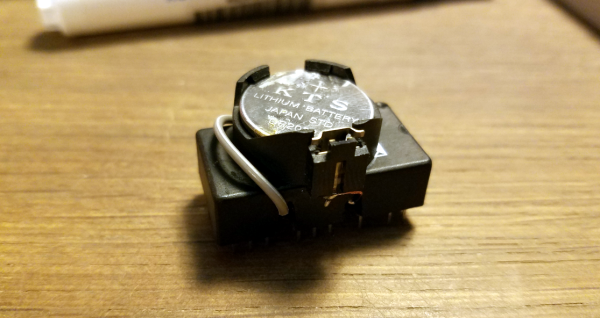
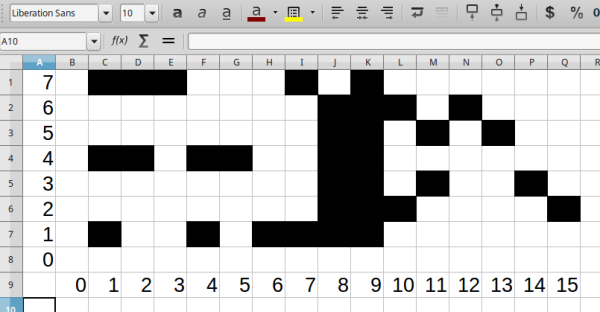
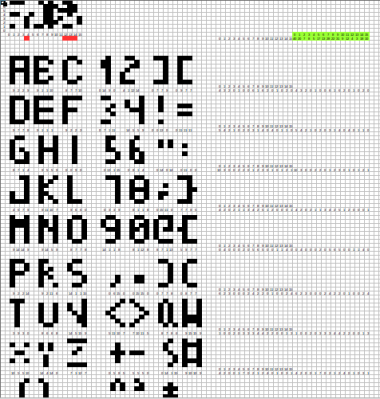 Rather than a pixel-by-pixel representation of the characters, [Jaromir] created a palette of 16 single byte vectors of commonly used patterns. Characters are created by combining these vectors. Each character is 4 x 8 pixels, so 4 vectors are used per character. The hard part was picking commonly used bit patterns for the vectors.
Rather than a pixel-by-pixel representation of the characters, [Jaromir] created a palette of 16 single byte vectors of commonly used patterns. Characters are created by combining these vectors. Each character is 4 x 8 pixels, so 4 vectors are used per character. The hard part was picking commonly used bit patterns for the vectors.

 Originally created for the square inch contest, VGA Blinking Lights could hide behind a quarter. [Danjovic] dusted his project off and entered it in The
Originally created for the square inch contest, VGA Blinking Lights could hide behind a quarter. [Danjovic] dusted his project off and entered it in The
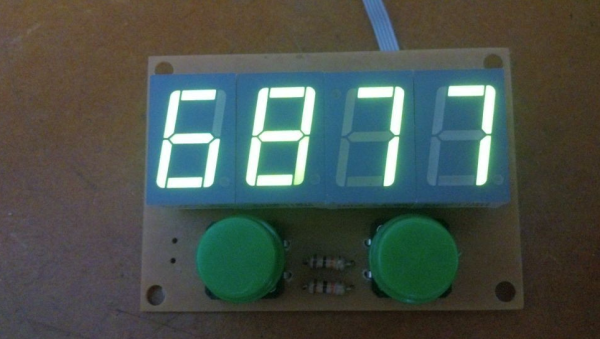
 [Danjovic’s] implantation displays intervals and centivals, exactly what you would need to know the current time of day. He used a Microchip PIC16F628 running from a 4 MHz clock. time is displayed on seven segment LEDs. The PIC is programmed in C, using the classic version of Microchip’s own IDE: MPLAB 8.92. The code uses 297 program words. Since the ‘628 uses 14-bit instructions, that equates to just under 520 bytes. Perfect for the 1 kB challenge!
[Danjovic’s] implantation displays intervals and centivals, exactly what you would need to know the current time of day. He used a Microchip PIC16F628 running from a 4 MHz clock. time is displayed on seven segment LEDs. The PIC is programmed in C, using the classic version of Microchip’s own IDE: MPLAB 8.92. The code uses 297 program words. Since the ‘628 uses 14-bit instructions, that equates to just under 520 bytes. Perfect for the 1 kB challenge!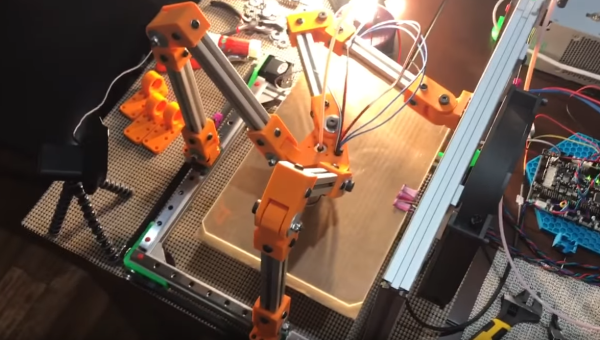
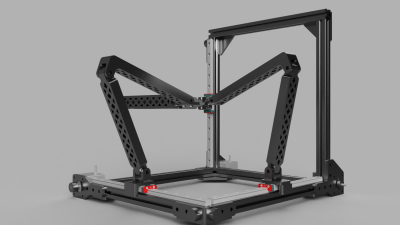 A few people have experimented with Tripteron printers over the years, but as far as we can see, no one has ever demonstrated a working model. Enter [Apsu], who showed up about a month ago. She started a post on the RepRap forums discussing her particular design. She works fast, and has now demonstrated a working prototype making prints. Sure they’re just calibration cubes, but this is a huge step forward.
A few people have experimented with Tripteron printers over the years, but as far as we can see, no one has ever demonstrated a working model. Enter [Apsu], who showed up about a month ago. She started a post on the RepRap forums discussing her particular design. She works fast, and has now demonstrated a working prototype making prints. Sure they’re just calibration cubes, but this is a huge step forward.